Malaysia offers a plethora of diverse culinary options. Here is where the culinary journey starts. Chicken curries, Chinese soups, and Malay desserts tempt the palate and spark the appetite of food lovers. Malaysians are renowned for their love of food. This love transcends the pleasure of savouring a delicious meal. The act of dining with friends and family and various communities represents peace and unity.
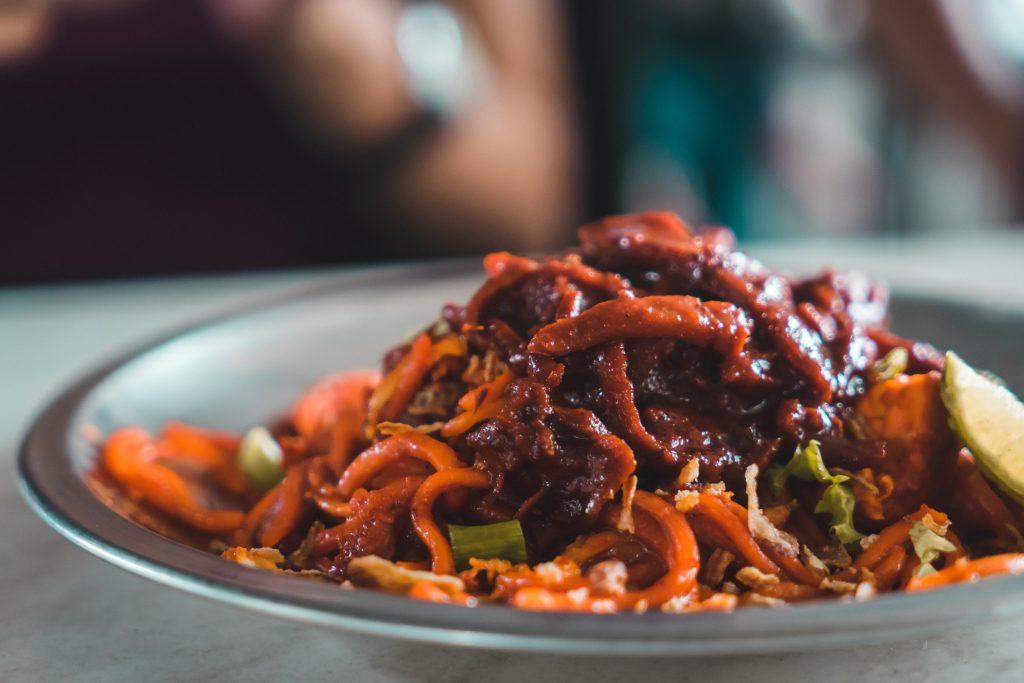
Malaysian cuisine also contributes to the development of Malaysian street food popular worldwide. Night markets, cafes, Mamak’s, and hawker stalls all have open, lively communal dining cultures. The preference for quick and affordable meals has led to the development of a more approachable and delectable variant of Malaysian cuisine in bite-sized portions.
Indian Food As A Part Of The Malaysian Cuisine
The most popular restaurants in major cities provide Malaysian Indian cuisine, which enhances the local culinary scene with its liberal use of flavorful spices and curries as well as its nutritious vegetarian options. In the tenth century, Tamil Muslims moved from South India to Malaysia’s west coast, bringing a staggering array of spices and cooking methods.
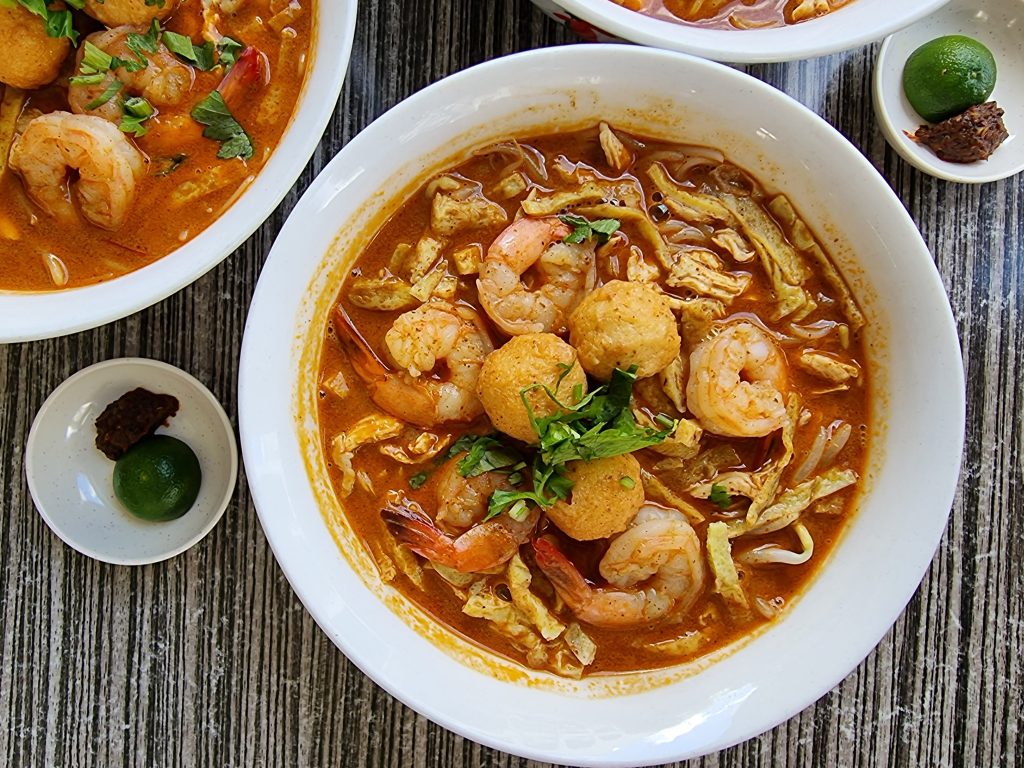
Due to the South Indian ancestry of most of Malaysia’s Indian population, a large portion of the country’s Indian food is primarily of South Indian origin. However, Mamak cuisine, which was made popular by the ubiquity of Mamak carts or eateries, is also incredibly well-liked by the natives in Malaysia.
Some of the popular Indian dishes in Malaysian Cuisine are as follows:
1. Banana Leaf Rice
Banana leaf rice is offered on big banana leaves, as the name suggests, along with a variety of vegetable accompaniments, parboiled rice, a variety of curries or dhal, and papadom are fried flour chips. A tamarind-based soup called Rasam is frequently included with the meal.
Only vegetarian gravy is typically offered with rice, although most restaurants now also provide a variety of curries, fried meat, and seafood. Although originally, banana leaf rice was supposed to be eaten by hand to enhance the taste, most restaurants will also supply you with cutleries to eat with.
2. Nasi Biryani
Many Malaysians like eating “Nasi Biryani” at Malay restaurants. The variety of spices included in the meal gives it a flavorful depth. Nasi Biryani, despite not originating from Malaysia, has established itself in Malaysia and Singapore and other Southeast Asian nations. It is frequently eaten with meat curries, eggs, veggies, and other informal Mamak dishes. While there is debate over the dish’s origin, I like to appreciate it by highlighting the different ways it is prepared around the world.
Rice that has been seasoned and your choice of meat curries make up a plate of nasi biryani. In Mamak restaurants, rice is offered either plain or with a choice of side dishes. It is similar to a smorgasbord of mouthwatering curries and other foods that go great with rice.
3. Kurma
Chicken Kurma, also known as Kurma Ayam, is a traditional Malay curry meal that is easily found at Nasi Campur (cheap rice) vendors in Malaysia. It should not be mistaken for the well-known Indian Chicken Korma served with yoghurt. In Malaysia, coconut milk is used to prepare and thicken the Kurma, as opposed to yoghurt in Pakistan and India. Nuts like cashew and almonds are typically added to gravy to further thicken it and improve its flavour.
Chinese Food As A Part Of The Malaysian Cuisine
Hainanese, Hokkien, Hakka, Cantonese, or Teochew food is available in Malaysia, offering several regional culinary methods. Bak Kut Teh, which is a herbal soup with pig ribs, Cantonese dim sums, chicken rice, Teochew congee, Hakka Yong Tau Foo, and patties made from bean curd loaded with meat, are a few of the popular foods.
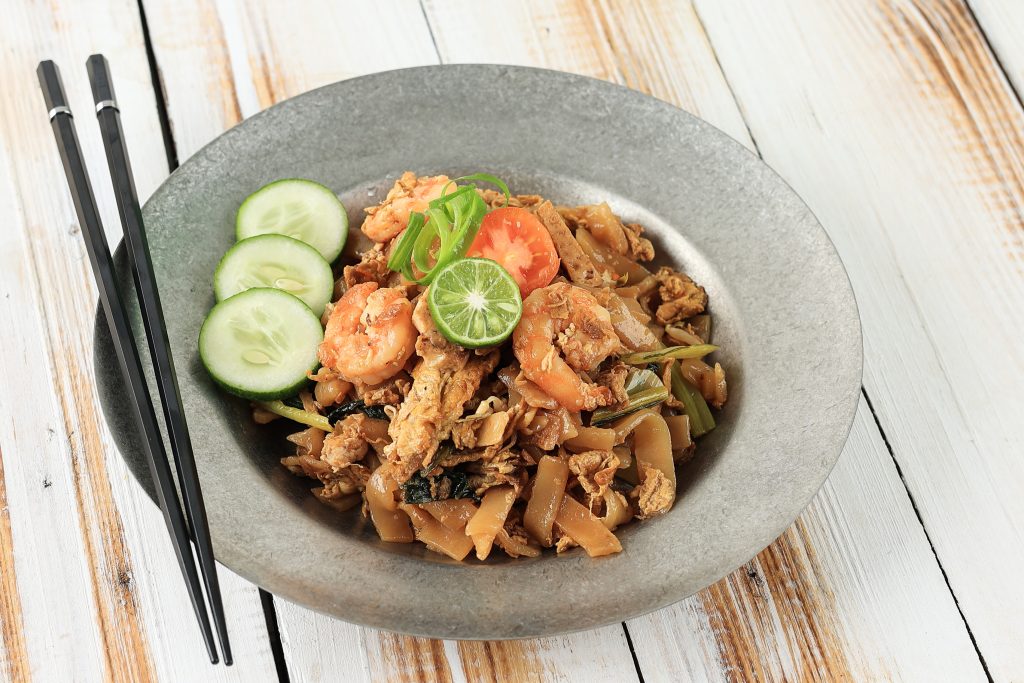
Similar to Indian cuisine, Chinese cuisine in Malaysia tends to be quite diversified yet still reflects the cooking practices of the southern Chinese regions, where the majority of immigrants originated. As a result, Malaysian cuisine seems to have more Cantonese and Fujian elements than Shandong-style cooking.
A few significant Chinese dishes cooked in Malaysia are mentioned below:
1. Lor Mee
A Hokkien/Fujianese dish of noodles called lor mee is served with an assortment of toppings and a rich sauce. Depending on the area and community, different toppings may be used. In Malaysia, chunks of pork, tofu, fish and eggs are common toppings. Lobak, or Ngoh Hiang as locals refer to it, is a well-liked topping in Singapore.
The colour brown predominates, as it does in most Hokkien/Fujianese dishes, while soy sauce serves as the primary flavouring. Malaysians enjoy adding heat to their meals. Most people serve their lor mee with pickled green chillies, red chilli slices, or fried chilli paste.
2. Lei Cha
The Hakka delicacy, either consumed in a savoury or sweet state, Lei Cha is traditionally made with ground tea leaves, herbs, roasted nuts, seeds, and grains and has recently become more popular. These bowls accented with green liquid are popular among the younger generation, who are looking for healthier options and can be found everywhere from hawker stalls to eateries in shopping malls. This is a well-liked preference in Malaysia’s Sarawak region.
Along with tea leaves, one of the primary components of lei cha paste is referred to as “the nine-layered pagoda.” Due to the anti-ageing and beautifying properties of this Chinese basil, commonly referred to as “the emperor of herbs,” lei cha is a wholesome and nutritious dish that can be enjoyed by people of all ages.
3. Cantonese Dim Sums
In dim sums, colour and shine are the main characteristics that are focused upon. Cantonese dim sum is known for its high-quality ingredients, variety, original style, fresh and varied flavour, delicate production, salty and sweet balance, and adaptability to any situation.
Cantonese dim sum comes in four large varieties, 23 different types of crusts, and 46 different types of fillings. The pastry chefs use their extraordinary expertise to give these varied skins and fillings, constantly changing combinations and forms to create distinct fancy styles. In addition to using different cooking techniques, there is a huge variety of fillings available, such as sweet and salty, shredded meat and vegetable, and other dried ingredients.
Malaysian Street Food
The communal component of eating is very important to Malaysian culture, and street food is a particularly mouthwatering spectacle in cities like Kuala Lumpur or Penang. Because it gives Malaysians the freedom to eat whenever and whatever they choose, the open street food culture is extremely popular in Malaysia.
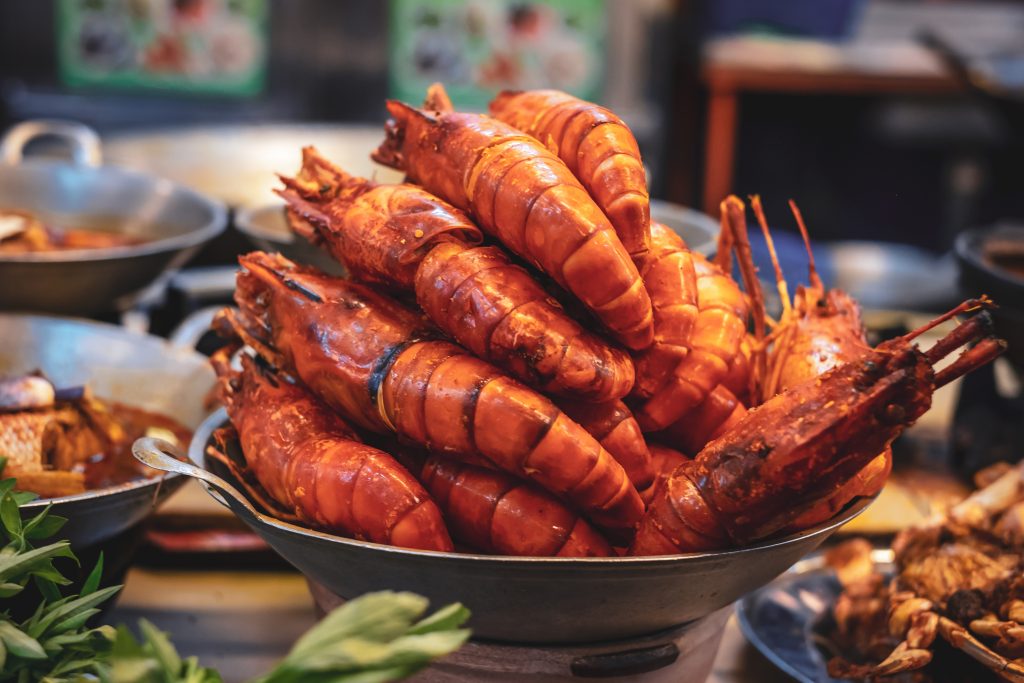
The Hawker centre is a group of Hawker booths arranged in a manner akin to a food court. With a central sitting area where guests may sit and relish their meals, the centres typically contain a variety of various stalls akin to a market. In some Malaysian hawker centres, live music from bands is occasionally played, which adds to the lively ambience.
Mamaks are a common sight on the streets of major Malaysian cities and are a distinctively Malaysian landmark. People can gather, converse, and socialize while enjoying a drink or a bite to eat at these tiny stalls. Some of the typical Mamak-style snacks are Roti Canai served along with dhal, Mee Goreng, and Nasi Lemak, together with a beverage like coffee, Teh Tarik, and other soft drinks.
Malaysian Desserts
The multi-layered buttery cake known as Lapis Legit and the sweet coconut rice balls are just a few of Malaysia’s colourful and inventive desserts. Kueh Bahulu, which are little sponge cakes soaked in black coffee, is a well-liked treat. These dishes, which draw inspiration from both Malay and nearby Asian cuisines, entice the palate with intriguing flavours and mouthwatering textures.
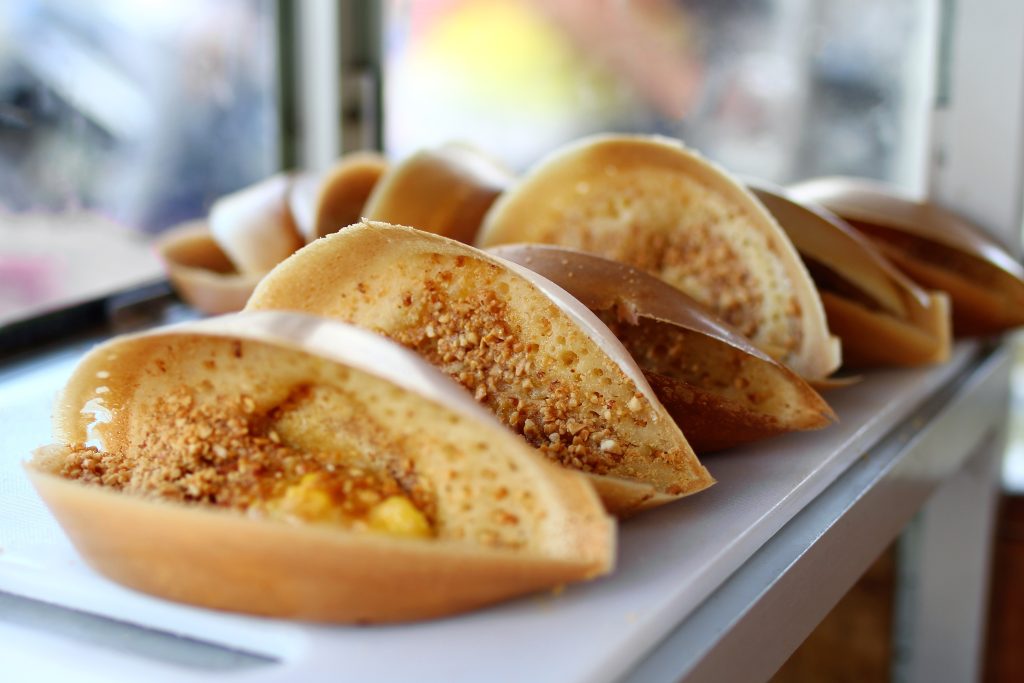
Kuih Keria, which is occasionally known as Kuih Gelang, is a sweet potato dish that resembles doughnuts. Sweet potatoes, flour, salt, and sugar are combined to make the dough, which is then covered with sugar. This delicacy is made without the use of yeast or baking powder and is wok-fried in oil. The Kuih Keria will brown when fried because the sweet potatoes’ sugars will caramelize on the heat.
Rojak is yet another well-liked street dessert in Malaysia. A salad made up of several fruits, vegetables, and dressings is known as rojak. At Malaysian food stands, you can discover a wide variety of Rojak varieties because the meal can be easily customized to your particular tastes. Although a varied meal, tofu, mango, pineapple, peanuts, and cucumber are typically found in Rojak.
Wrapping Up
The tale of Malaysian tradition and culture can be revealed by sampling and tasting the many different types of food that are prepared there. The appreciation of food in Malaysia goes beyond simply savouring the countless culinary creations of the various ethnicities that make up Multicultural Malaysia.
The food is unquestionably something about which Malaysians are proud. Malaysia is a foodie’s paradise, and most Malaysians take pleasure in the country’s rich culinary tradition and multiculturalism. As a result, Malaysia’s cuisine is distinctive because it uses an abundance of natural resources and products greater than any other Asian nation.



